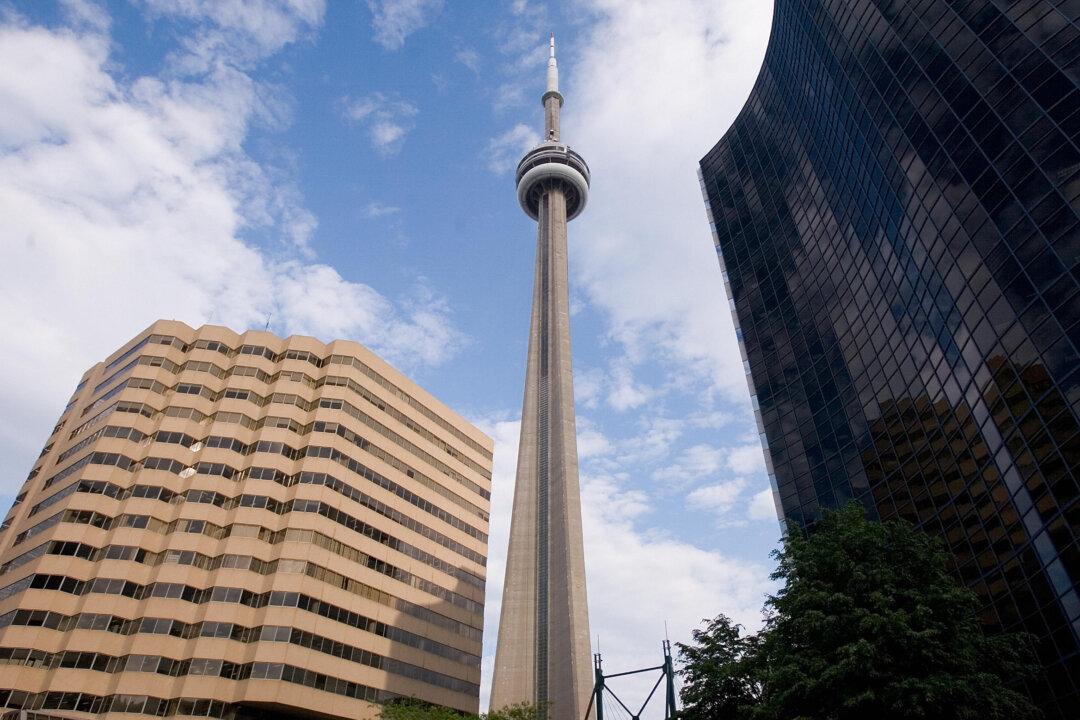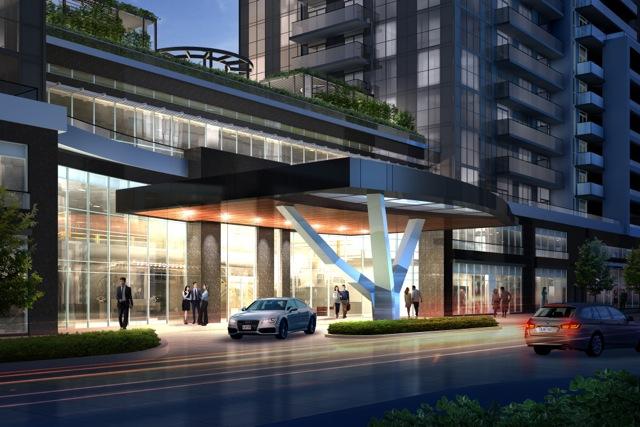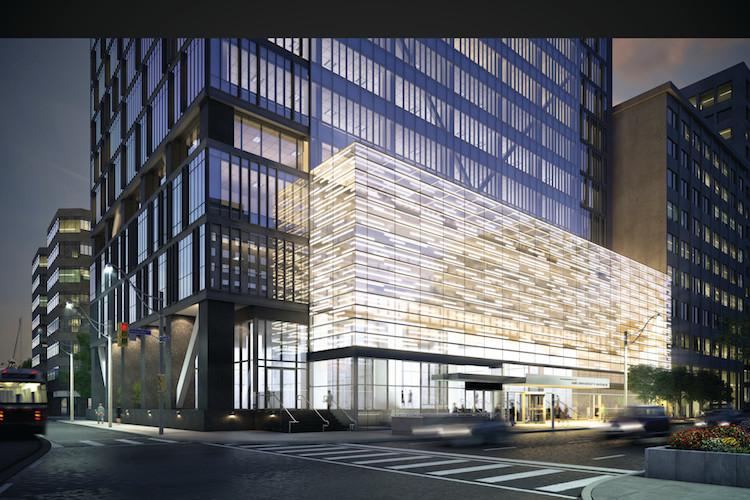Not everyone we interviewed agrees totally, but what we can say is there’s no need for panic. Toronto has a housing shortage, and condos are a great way to buy an affordable place to live. They are the main source of new rental housing. There is a healthy mix of investors, end users, and tenants.
Sorry, there is very little chance of significant price decline, but we suggest you think of the GTA as a group of independent sub-markets. What is true for Markham may not be true for Etobicoke, so do your homework before you buy or sell.
Looking back a decade, you’ll see a year that is shaping up to look rather average.
A greater variety of unit sizes and configurations can be expected in the next decade.
Prepare to engage in increasingly serious conversation around infrastructure building, transit funding, and use of section 37 funds.
All in all, the adjustment to Places to Grow legislation, increased immigration to the GTA, and the price of gas are pushing our city toward maturity. It’s time to effectively plan and thoughtfully build a city that has sufficient transit, community facilities, and housing options for everyone.
BILD President talks low-rise, transit, and development charges
Coming down from the feverish high-rise explosion of 2011-2012, Building Industry and Land Development Association (BILD) president Bryan Tuckey feels the future requires rethinking some planning habits.
Is there a future for tiny units in giant towers, ultra-costly transit options, and huge development charges passed on to consumers?
Welcome back the walk-up
As we begin to explore the space between rugged, single family individualism and mega-tower enforced collectivity, Tuckey is putting forth a modest suggestion—six-storey wood-frame construction.
“It’s much more flexible,” says Tuckey. Not to mention less expensive to build. Here is where Tuckey thinks families will find the larger and more affordable units they need.
Today in Toronto you can build a maximum of four floors framed with wood. Allowing for six is not just less costly to build, but also less costly to the environment.
Traditional cement releases lots of CO2. Tuckey says wood is actually “much more sustainable from a carbon sequester perspective.”
So what does that mean for you? Get ready to take the stairs to your sixth floor pad, and the bus to work.
Bus shelter
At the recent BILD High-Rise Forum, there was a lot of transit-related frustration. It’s something all Torontonians share.
Though developers working on the waterfront are still waiting for their light rapid transit, Tuckey is actually rather bullish on bus rapid transit.
“I think buses are really undervalued in how much they can move and how flexible they are. ... There’s potential for buses!”
Having worked extensively on the Sheppard subway, he feels we need to be asking what we can afford plenty of, because we can all agree solutions are needed fast.
Megacity-mortgage
Most people agree the city would be better served if there were increased cooperation between local residents, municipal politicians, and builders.
These conversations (after we collectively grieve federal and provincial transit funding shortfalls) will revolve around what is done with—and what we should do about—the enormous development charges collected on new housing in the GTA.
“You have to have an adult conversation around all these things,” says Tuckey. “You’re asking the new homeowner to pay for infrastructure that lasts for 70 to 100 years, and pay for that infrastructure on their mortgage. Is that fair when municipal governments can get that money for percentages less?”
Not to mention how these fees impact the price of housing. There is no doubt we need them, but how can we keep them in the communities that paid for them in the first place?
“They can’t capture a lot of the revenue they generate,” says Tuckey. “Much of the dollars from Toronto and the GTA don’t stay here in service or infrastructure.”
Small price decline for GTA real estate market
Marc Pinsonneault, a senior economist from the economic and strategy team of the National Bank, feels the GTA real estate market will see a modest decline in prices through 2013.
“I think that prices are going to decline somewhat for 2013 as a whole. For the Toronto market we expect a decline of 2.5 percent.
“Overall the price decline in the GTA will be lower than the national average,” he explains.
Highrise will feel it most
Pinsonneault feels highrise prices will decline most, and notes the large amount of product currently on the market for sale.
Statistics for March provided by RealNet indicate that of all 445 active projects, 80 percent of the units are sold, with 229 currently under construction being 89 percent sold, and 144 in pre-construction already 56 percent sold.
“Even if the pre-sale rate is quite good, the number of projects that have been launched and the number of units it implies is so large that the number of unsold new condos is still quite large,” Pinsonneault says.
He feels having inventory is less of a problem when a building is not in the middle of construction.
He thinks developers will hold back on building until the market absorbs some of the units and the price begins to rise.
As of the end of February, the CMHC recorded 1,026 completed but unsold condo units in the GTA. The number of unbuilt units on the market may increase in the months to follow.
Want to know when prices will begin to rise? Pinsonneault suggests we take a close look at the number of units currently on the market. He thinks prices will begin to rise again when the number of units available begins to drop.
“Simply let the price adjust for a few quarters,“ he says. ”Probably houses or condos will become more affordable after the correction. We don’t see sales recovering in 2013, that’s for sure.”
Happy mediums for GTA
“We’ve been building and designing a generation of small units. It’s fine that these work now, but in 10 or 20 years, how is urban living going to evolve?” asks Mimi Ng, Menkes residential sales & marketing vice-president.
As Places to Grow pushes development vertical, the question becomes creating something for everyone.
“There’s a growing number of move-up buyers, second and third-time condo buyers who don’t want the work of a house, but need something bigger,“ says Ng. ”We’re starting to see it already.”
Ng predicts more townhouses in the 416. The tall towers and mega projects near transit were conceived of five to seven years ago and are what developers are just delivering now.
Percolating in the collective builder consciousness today, and slated for delivery in the next decade, are projects decidedly more moderate in scope.
“Mid-rise and medium density is going to be a growing wave in the future,” Ng says. But think rooftop terrace, not small back yard.
Tall orders
That’s not to say we won’t see any more “sexy towers.” There will always be a market for big, glamorous projects in the downtown core.
“As a city, Toronto is still fairly underdeveloped. We have all these huge pockets of the core that are not developed,” says Ng.
She sees Toronto’s development as long overdue, but expects a few growing pains.
There is a growing disconnect between what Torontonians need and what the city can offer.
“We are being hindered by a lack of infrastructure. ... Lower ranked cities have better infrastructure. ... What major city in the world has no transit funding, yet this city is the engine of Canada?” asks Ng.
She also feels the pace of development has outstripped the pace of community services downtown. Though transit may be serving an area and there may be bars and restaurants, new communities lack parks, community centres, after school programs, and other family oriented services you would expect in a suburban environment.
“There is a bit of a mismatch that over time will balance out. The population is already demanding it.”
Flexible proportions required for Canada’s kitchen
Toronto is the first stop for many new Canadians when they decided to settle here. The first thing they do while waiting for resident status is rent an apartment in Toronto.
The CMHC says 22.3 percent of condo units are rental units. Its final 2012 report noted that condos were “virtually the only source of new rental supply in the GTA.”
The GTA vacancy rate rose slightly to 1.7 percent, but the CMHC is predicting the number will shrink to 1.5 percent over the next year.
Condominium vacancy rates held steady at 1.2 percent, and the CMHC noted that demand for these units matched supply.
“It’s a hot rental market,” says Anson Kwok, VP of sales and marketing for Pinnacle International.
“People say there are tons of cranes, but it’s like turning on a bunch of ovens. You don’t know what people are baking.”
Though there appears to be many units on the market, they will all be completed at different times.
Landlord-lite
Who are these “investor-landlords?” According to Kwok, today’s buyers are surprisingly diverse, and the line between investor and end user is very, very blurry.
Some are older people who purchase three units, one to live in and two to rent out for retirement income; parents buying for their student children who will rent or sell the unit when their adult child marries; or families buying in the same building to stay close to each other, but will rent out units as circumstances change.
Kwok feels that unit size and layout need to be as flexible as possible so buyers have multiple options.
“A lot can happen in a couple of years, so thinking about potential life changes is key.”
For Kwok, a one plus den in the 575-700 sq. ft. range or junior two-bedrooms in the 880 sq. ft. range provide optimum flexibility.
They are “small enough so I can sell it or rent it out, but it’s big enough so I could live in it.”
Flat until further notice
President of Cityzen Development Group, Sam Crignano, is relaxed considering all the doom and gloom being batted around about the GTA condo market. He’s a guy who’s been through a cycle or two.
“I believe the market will remain flat for the first half of the year and we’ll begin to see some signs of life in the summer with a bettering in the fall.”
Any average year will pale when compared to 2011/early 2012’s fever pitch. This year is shaping up to be rather average, and maybe that’s a good thing.
“The market now is taking a healthy pause,” says Crignano. “We didn’t see any wild fluctuations on the cost side or on the sales side. I don’t think there’s going to be much downward movement.”
As supply and demand balance out, but if you’re waiting for a large price correction, well...
“The rental market continues to be tight. That signals a tentative buyer that’s on the sidelines waiting to see what happens. I don’t think much is going to happen.”
Sam’s top 3 tips:
1. Looking for a deal? When you’re ready to move, the sales office is not the only place you can buy new. “Look for a unit purchased by an investor,” he says. They sell before occupancy because they bought low early on. This gives investors flexibility on the price, so bargain.
2. Be first, if you can wait. “The first purchasers who visit the sales office are usually the ones who get a better deal. Try and get in there early on with an agent.”
3. Don’t choose building over neighbourhood. Shop neighbourhood first, and consider what you will be surrounded by in five years when you finally take occupancy.
Sunny outlook long-term
“The industry might have taken a bit of a break to re-evaluate ... but I think everybody is optimistic about summer and fall,” says Brian Brown, vice-president of Lifetime Developments.
His optimism is shared by many real estate brokers he works with, he says.
“I know there’s been some concerns, but a lot of developers are feeling more comfortable these days. Even in talking to the city, it’s not as if the number of re-zoning applications they receive has slowed down.”
Brown does note that buyers are becoming more selective. “It just goes to show if you have the right site at the right price it will do very well.”
Will there be some deals to be had? “Some of the developers are being a little more creative with incentives and packages,” Brown says, but overall he doesn’t see huge discounts happening anywhere downtown.
Brian’s top 3 tips:
1. Choose a reputable builder. Be sure to visit the developer’s previous projects. Ask your broker to see the project’s financial information. Financing problems could mean the building may not achieve the build quality you were promised.
2. Don’t buy purely on price. The location is most important. Who will be your neighbour in five years? Is there existing transit, retail, and schools?
3. Deals on the last few units. Some developers sell until they reach the amount of sales at which they can get construction financing, then pull the remaining product off the market, selling the last units at a premium price after the building is complete. Other builders prefer to sell their entire inventory, shortening the sales process (it costs money, too). The final few suites may be priced very well, or offered with extra incentives. These units aren’t “left-overs.” You may just find what you’re looking for.




